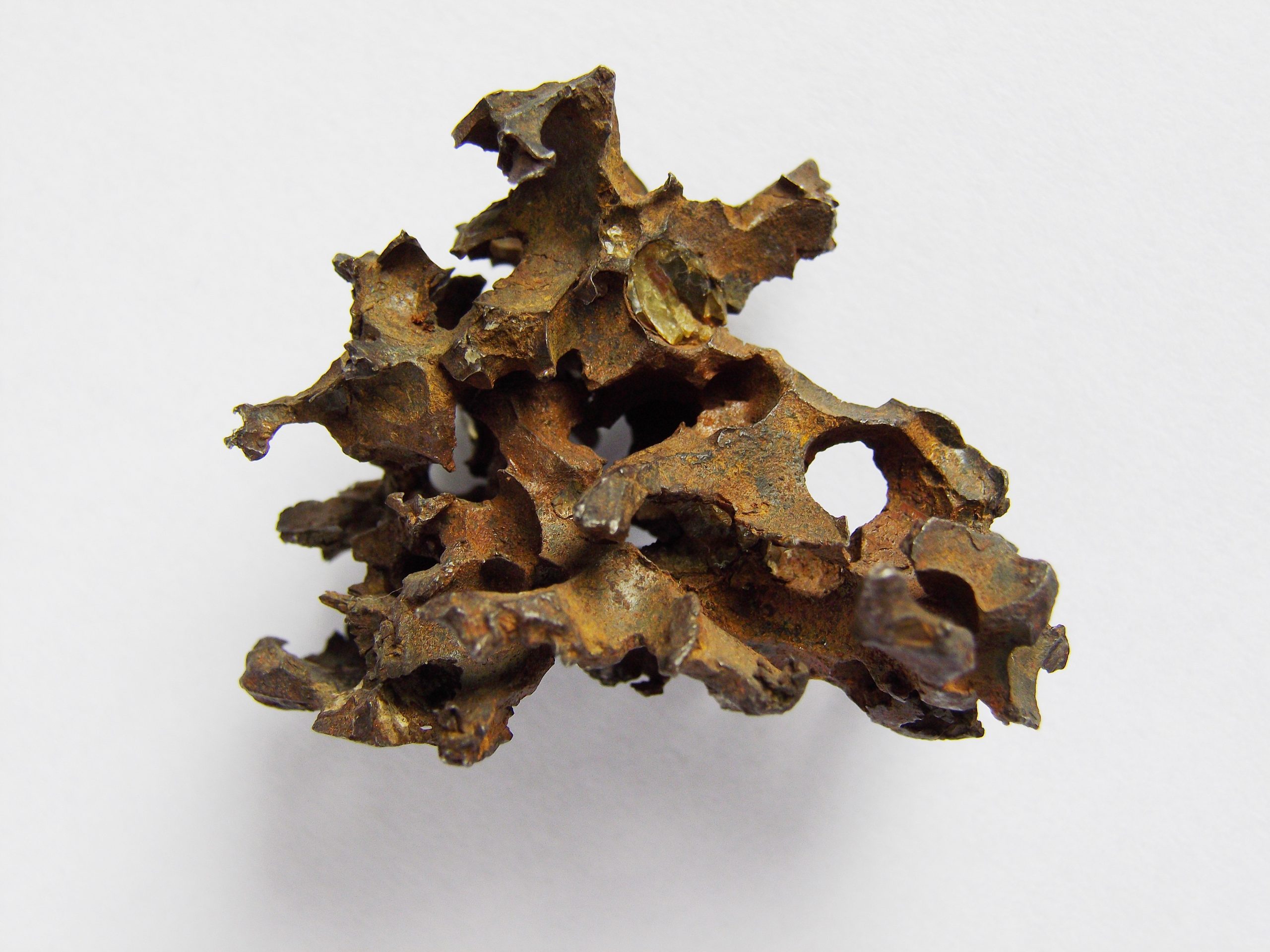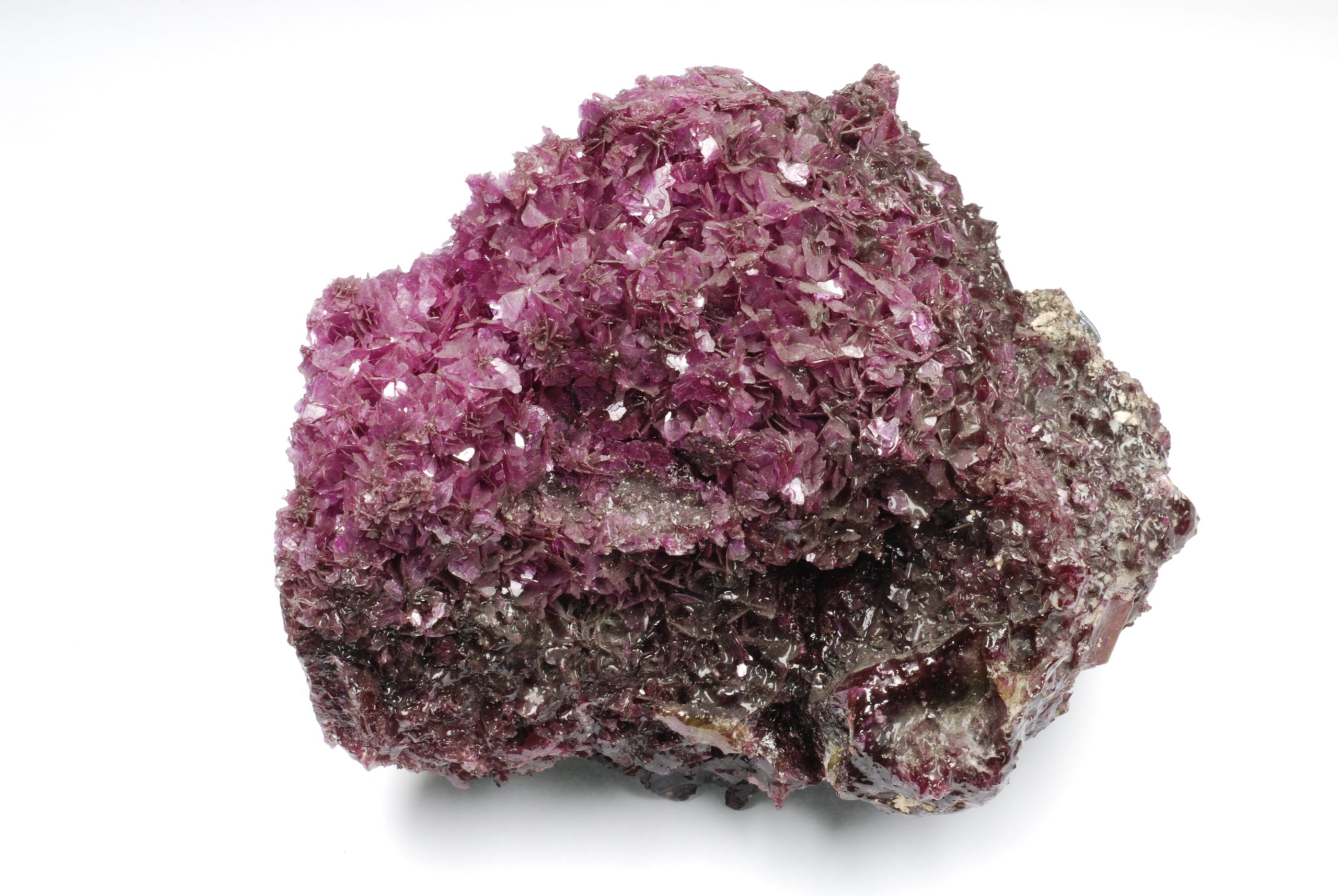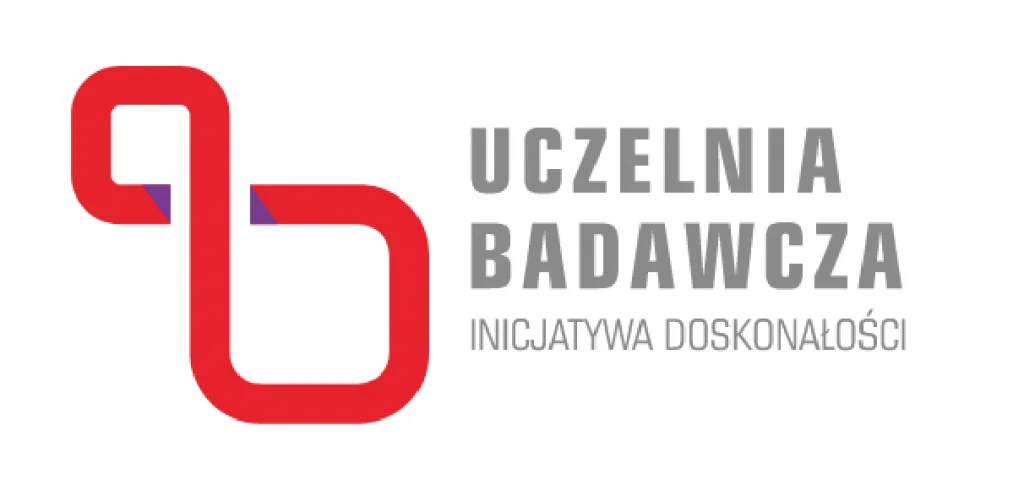Mineralogical Museum
The establishment of the secular University of Wrocław in 1811 gave rise to the chair of geognosy (geology at that time) and the Mineralogical Cabinet as an auxiliary laboratory of this chair. The management of the Cabinet was entrusted to Prof. Karl von Raumer. The initial collection was a decomposed collection of minerals from the Higher Mining Office in Breslau, from which a small set was created in 1812 for teaching purposes and placed in rented premises. Further development of the Mineralogical Cabinet took place in 1815 when an outstanding collection was purchased from the collector Mender of Freiberg. Over the following years, the collection was enlarged by collections of minerals, rocks and fossils mainly from Lower Silesia due to the flourishing geological research at the University of Wrocław or thanks to the cooperation with the Higher Mining Office in Wrocław. Prof. Martin Websky, an alumnus of Wrocław University in the field of geology, donated a very valuable collection of Silesian minerals. As a result of the dynamic development of the Cabinet, it was renamed the Mineralogical Museum of the University of Wrocław in 1880 and became an independent scientific institution in 1897.
At the end of the Second World War, in order to protect the collection, it was taken out of Wrocław and stored in churches in Strzegom and Świerzawa. After the end of hostilities and the takeover of the University of Wrocław by the Polish authorities in 1946, the mineral collection stored in Świerzawa was brought back thanks to the efforts of Prof. Kazimierz Maślankiewicz and Doc. Edward Zubik. Meanwhile, the collection from Strzegom was transported to Warsaw and incorporated into the collection of the Museum of the Earth of the Polish Academy of Sciences. Until 1961, there had been some sporadic work on sorting out the specimens. The next few years of hard work under the guidance of Dr. Maria Witkiewiczowa and Mgr. Michał Sachanbiński made it possible to open and make available the collection of the Mineralogical Museum in June 1966.
At present, the collections of the Mineralogical Museum comprise approx. 30,000 mineral specimens from all over the world. Their basis is the collection gathered before 1945. The post-war years brought an addition and enrichment of the collection with new specimens, collected mainly from Poland.













